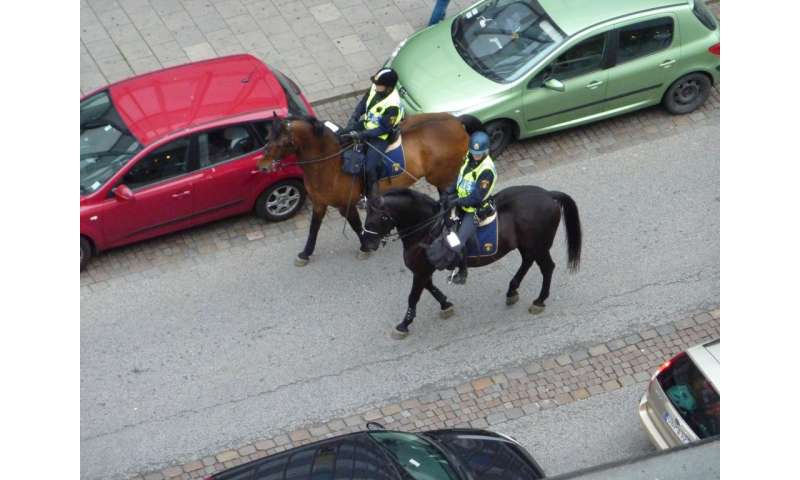When the remedy is worse than the disease

Dr. Justice Tankebe explains how certain counter-terrorism strategies may lead to radicalisation and argues for his findings to be taken into account in PROTON
The prevention of radicalisation and recruitment of new members is a critical aspect of the fight against terrorism. One approach in this direction is to improve people's perception of the legitimacy of crime-prevention activities. This is the research field of PROTON's member Justice Tankebe, University Lecturer in Criminology and Fellow at St. Edmund's College, University of Cambridge.
Tankebe's work in PROTON investigates the attitudes towards, and experiences with, police that people consider relevant for recruitment into terrorism. Examples of questions he tries to address are "What is the role of counter-terrorism in radicalisation and support for terrorism?" and "What is the nature of people's normative expectations of police counter-terrorism practices?".
What is the role of your activity in PROTON?
JT: PROTON makes use of simulations to predict how specific interventions may impact the expansion of organised crime and terrorist networks. These simulations depend on many societal aspects, which we must model properly if we want to provide useful indications to policy makers. The data we gather focus on the consequences of counter-terrorism interventions, both for recruitment and public support for such interventions.
Can you give an example of the interventions you focus on?
JT: Sure, just think of unfair police treatment of suspects during stop-and-search interactions; this can create resentment and defiance, which, in turn, may increase the risk of recruitment into terrorism.Unfortunately, efforts at tackling terrorism can alienate local communities, pushing people into radicalisation and making others reluctant to help the police. On the other hand, fair treatment is known to improve people's willingness to supply police with useful information.
Do you have any results of your research you can share?
JT: One result I like to share is that a history of difficult experiences with police officers appeared to have led to negative expectations: distributive injustice, disrespect and harassment from local police. Yet, some of the people we interviewed in London (United Kingdom) for the project believed and expected officers to protect them and to treat them fairly. Another important result is that communication, trust building and greater engagement with local community leaders are seen as key mechanisms for building legitimacy for counter-terrorism strategy.
A possible way to engage with local groups is community policing. Do you think this concept is still valid as it is now?
JT: Hard to say, because 'community policing' has varied definitions in different contexts. In any case, evidence shows community policing is weak on crime reduction, but strong on building community confidence in the police. If our concern is with building and sustaining trust in, and legitimacy of, the police, then community policing holds great promise.
Does your research have applications outside the PROTON project?
JT: Yes, in particular for day-to-day police work. It suggests that police can build support for their work, and reduce risk of lawbreaking, by treating the public fairly.
Dr. Tankebe would like to thank Dr. Fatima Rajina, Dr. Mirna Guha, and Dr. Muhammad Hijazy for their outstanding efforts in recruiting and interviewing research participants for the qualitative component of the project.
Provided by Youris.com